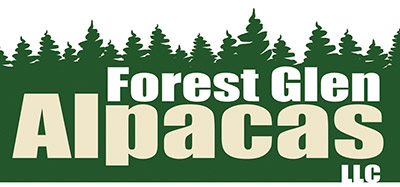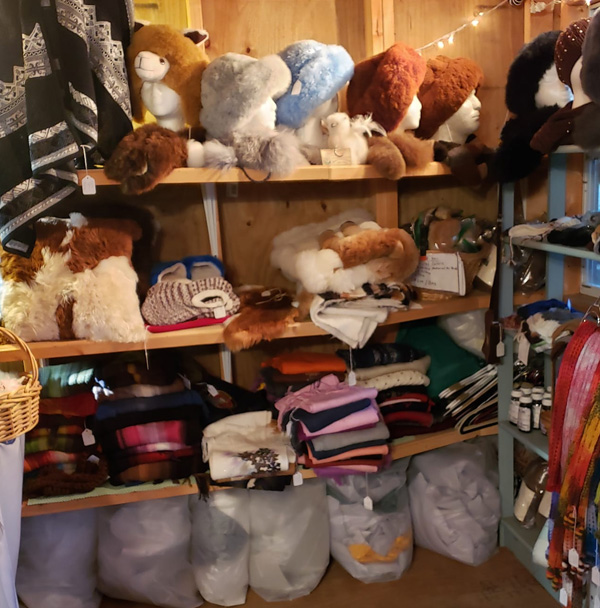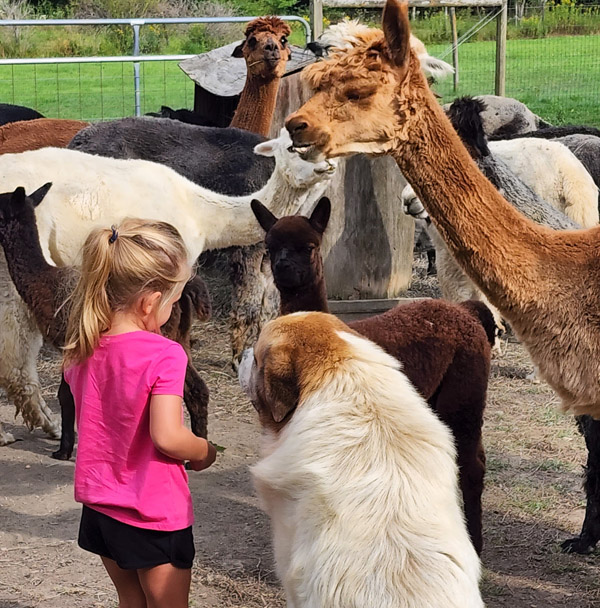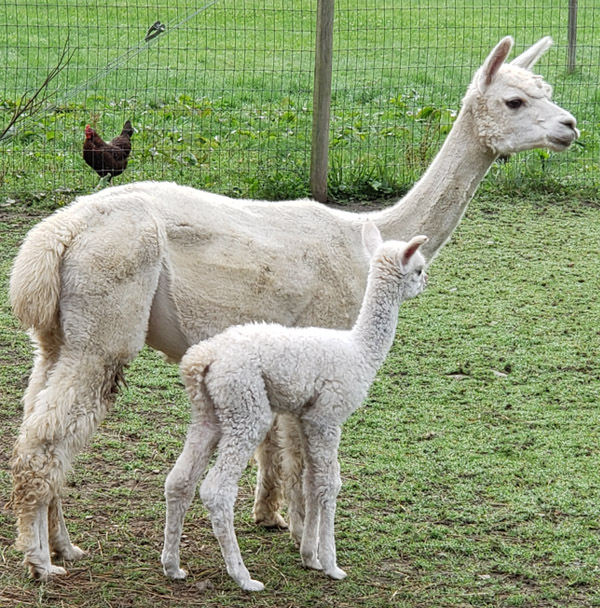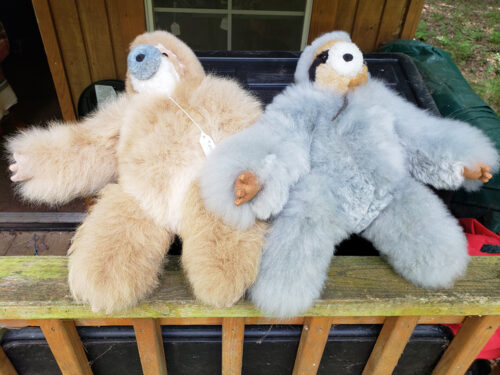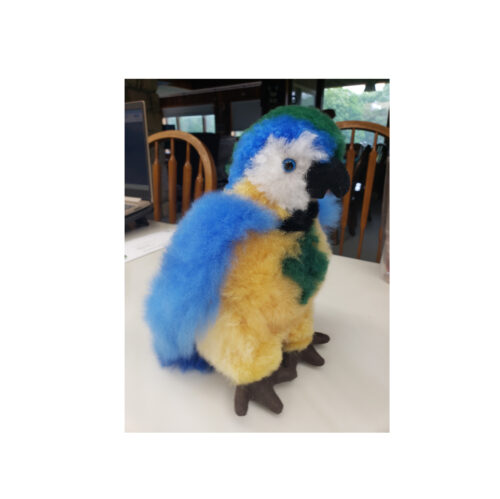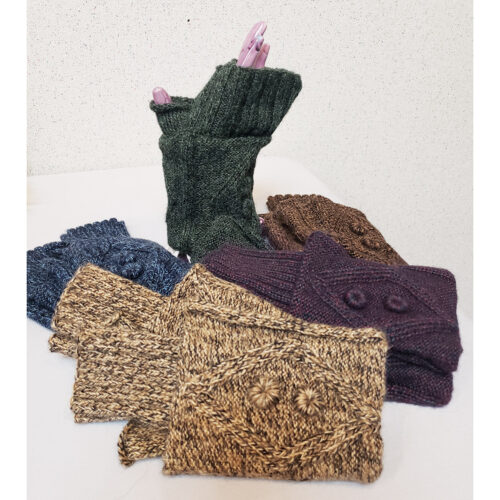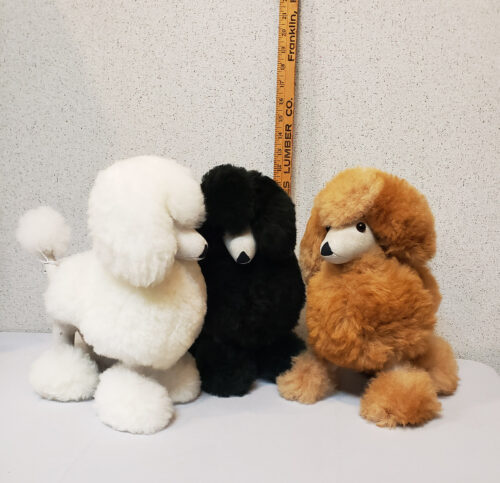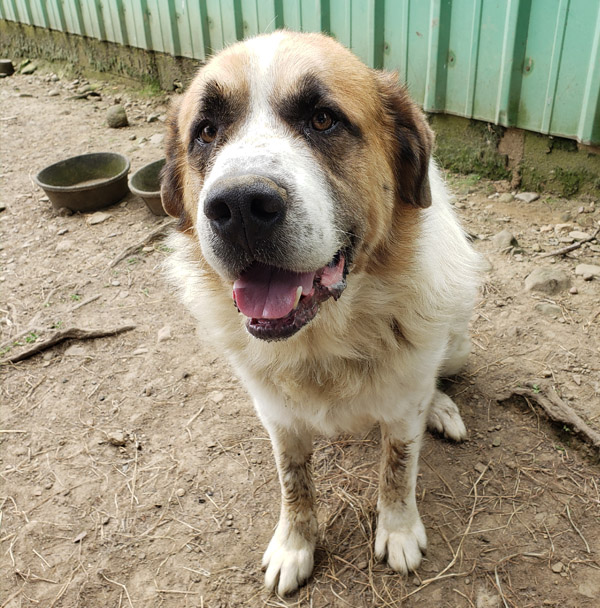
When Doug and I started Forest Glen Alpacas in 2003, we knew we needed some type of livestock guard animal for our alpacas. We both worked all day, and there were many stray dogs… around our home in New York. Now that we are here in Pennsylvania, that was one of the best decisions we ever made. We have coyotes, bears, and mountain lions, in addition to stray dogs around our farm. We sleep better at night knowing our dogs are on duty.
The first question we had to answer was what type of guardian would be best for us? I knew that some farms used llamas, some used donkeys, and still, others used dogs. One of the farms we first visited had llamas guarding their alpacas. When we went in to see the alpacas, the llamas were very upset.
They were actually keeping their owners and us away from the alpacas. I know they were just doing their job, but I knew I would want more control. I also realized that while they were doing a great job protecting them from us, they are still a prey animal like the alpaca, and I wondered how successful they would be against a group of dogs… Next, we considered donkeys. They are certainly aggressive enough and have two advantages over the llamas. They have hard hooves and can give a really nasty bite.
Some of the disadvantages for me were they are much louder than llamas. Their pooh is much larger than that of alpacas and llamas, and they tend to defecate almost every 2 hours all over the pasture, thus making pasture cleanup much more time-consuming. Again, they are still a prey animal!! Our choice was to go with dogs to protect our investment. We chose the Anatolian Shepherd. We fell in love with the two Anatolians at one of the farms we visited. They are a large dog that truly bonds with the alpacas. They love children and are gentle around them. There are 2 types, smooth coat, and rough coat. The other breeds of guardian dogs that I’m familiar with are Great Perinese, Akbash, and St. Bernard.
Now, we had to find a breeder. We wanted to be sure to get a good working dog. I started reading up on the breed and found out that while they are a good-tempered dog, they are strong-willed. They will need some training to be all that they are bred to be. Not every Anatolian will be a good working dog. Our first dog was through an Anatolian rescue. While we were lucky and got a good dog, in hindsight, I would not go that route again. Jenny came to us with a love of livestock. She was gentle with them and great with my children. Her one fault was that she was overprotective of her food. Even with the alpacas, she would snap at them if they got too close to her food. This was not good, but I couldn’t part with her, so we put her with our older males. She was fine with them as they just ignored her. We still wanted a dog that would be able to be with the females and young crias.
Over the next few months, I researched and found a breeder in Virginia. The pup was bred from two working parents, thus increasing the chance that she would also be a good working dog also. We purchased her at 10 weeks old. We learned a lot from Storm over the next few months. I knew she needed to be with the alpacas right from the start but being small herself, she would need protecting from the alpacas the first few weeks. So I sectioned a small portion of the male’s pasture off so Storm could have her igloo and food and water separate from the alpacas and Jenny. She learned over the next few weeks to accept the alpacas as her own. I let her run with the alpacas when I was there so that I could make sure she did not develop any bad habits like chasing and nipping at them. After all, she was still a puppy, and the alpaca’s tails would make great toys and might prove to be too irresistible. I made sure she had her own toys to play with. She also needed to be accepted by Jenny.
Jenny was a great teacher and disciplinarian. She even played with Storm on occasion. Storm did love to play with the alpacas though and would try and chase them around. This had to stop, so the breeder gave me a great way to slow her down. Storm had to drag a small log around for a couple of weeks. When I was there and she was loose, a small log was attached to her collar. When she tried to run after the alpacas, I could catch her as the log would trip her up. I could reprimand her and she learned the proper manners. It took several weeks but it did work. There were two problems though. Storm was smart and learned that when I wasn’t there the alpacas were fair game. The other problem was one of my alpacas enjoyed playing with her. He would harass her until she did chase him. One morning, I actually saw him pulling at her ears as she slept, trying to get her up. It still was unacceptable to play with him. I purchased a shock collar. This way I could watch her from a distance and hit the button when she went after the alpacas.
She thought that the alpaca’s tail was delivering the shock. It only took 2 times for her to quit chasing them. She was about 5 months old when I was finally able to trust her with Jenny and the alpacas. She never really tried to get out of the pasture or guard her food…. She has turned out to be a great dog.
When we moved to Pennsylvania, I knew that Jenny was now 8 years old and Storm would need a companion. I did not know how long Anatolians lived but 8 years old is getting up there for a large breed dog. We decided to find a male and breed Storm. That way we could hopefully have a small litter and be able to have 4 working dogs. Here in Pennsylvania, we have mountain lions and one needs at least 2 working dogs to deter a predator like this. When Storm turned 2 years I had her checked for hip dysplasia. We found a male that was also working, and we bred them. I was hoping for maybe 5 or 6 pups at the most. We could keep 3 and sell 2 to cover our costs. November 5th 2007, Storm gave birth to 11 pups!!! I could not believe it. One died at 4 days old, so we were left with 10.
What were we going to do with all those dogs? Even good working dogs should not run as a pack. Plus the amount of food that 10 growing pups could eat was incredible.
We decided to advertise and sell at least 6 of the pups. They were born right in the barn with the alpacas thus giving them the right start to be good working dogs. As they grew, we socialized them
slowly and individually with the alpacas. As with any litter of pups, each pup had its own personality and challenges in training. One was way too shy to be sold so we kept him. One female was too aggressive with her littermates, so we spayed her early and partnered her with Shiloh (the shy one). We would keep them with the males as that is the pasture that gets the fewest visitors. I wanted one female that possibly could be bred in the future, so I chose Sadie as she had the best confirmation and her personality was wonderful. The 4th dog we kept was Chunk as he needed eye surgery and became my husband’s favorite. The rest we sold and are working well on several alpaca farms. One even went to Minnesota on a miniature horse farm.
Be sure when considering purchasing any guardian dog that you ask the right questions. Some information you will want to know: are both parents working? Are you able to see one or both parents? Have they been raised with livestock or are they in a home? Have the pups had vaccinations? How old are they? You want a young pup 8 to 16 weeks old. While an adult can acclimate to your farm it is really hard on them as they really bond with their human family as well as their herd. Plus, you may be purchasing someone else’s headache. Will the breeder be there for you when you have questions or problems arise? You need to realize that while you are purchasing an animal that has been bred to be a livestock guardian, the pup will still need training. Just because the parents were good working dogs doesn’t mean that the pup will also. Any bad habits need to be addressed asap. Some problems that may arise are: digging under the fence, chasing the alpacas, guarding their food, or being too possessive of toys…. These habits, while not present in every pup, need to be corrected right away.
Of course, not every farm needs guard dogs, but for us, it was the right choice. Today we have 5 working dogs. Jenny has passed away but Storm, Sadie, Rose, Chunk, and Shiloh make their home here at Forest Glen Alpacas.
